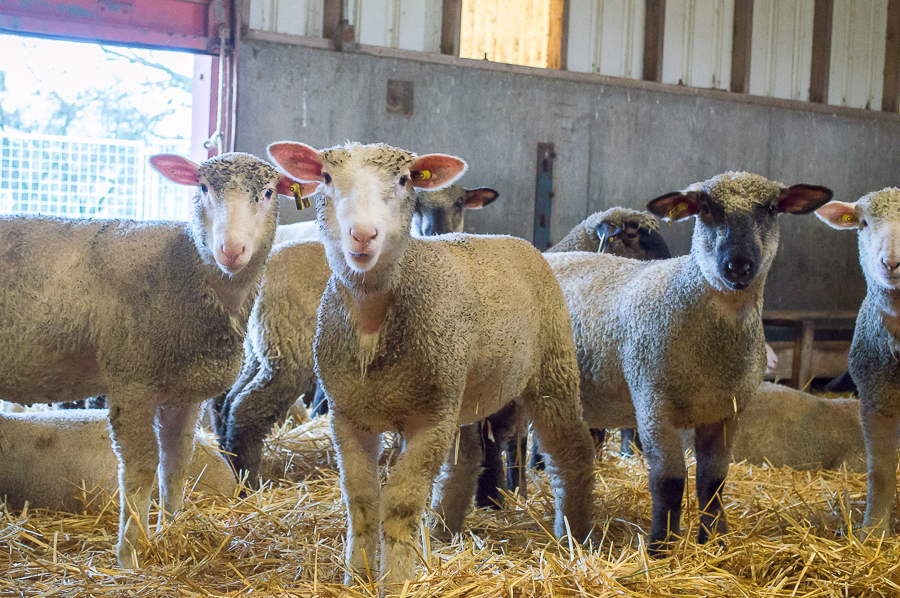
Modeling shows how social cues drive animal grouping, fitness
In a world ruled by technology, it’s no secret that social media has a powerful effect on human behavior. While our friends in the animal kingdom aren’t known to share photos on Instagram or update their status’ on Facebook, they have other ways of relaying information that are similarly significant.
Using mathematical simulations, researchers at UC Davis and the University of Florida found that these means of “social networking” promote group formation among animals.
“Several empirical studies have suggested that social information — whether it’s incidental or deliberate — promotes animal grouping behavior,” said Mike Gil, a National Science Foundation postdoctoral fellow in the Department of Environmental Science and Policy at UC Davis.
The advantages of social networking through group formation essentially provide members of the group with an opportunity for increased fitness in various environments. These advantages arise when information shared by one member of the group is observed by others, relaying information on how to survive.
“Animals are choosing groups in order for them to be able to get information,” said Katherine Sieving, a professor at the University of Florida and a UC Davis alumna. “Gathering social information in groups drives their formation.”
In addition to providing an explanation for why animals tend to form groups in nature, the researchers also found that the sharing of information favors the formation of small, heterospecific groups.
“What our study also revealed was that it’s most beneficial to be selective in how many individuals you’re grouping with,” Gil said. “We see this instance of smaller groups of information producers, because each individual is going to be a competitor in addition to an information producer.”
Constraints on group size can limit competition, thus leading to increased fitness among group members in a range of ecological contexts. Additionally, groups consisting of members of different species are optimal as they eliminate a margin of niche overlap between species. In these situations where members of a group share predators but overlap less in the kind of food they eat, the chance for survival and reproduction is greatly increased.
“Some group members [of the same species] often compete directly with one another for food. Other group members [of a different species] may only partially compete with one another,” said Zach Emberts, a Ph.D. candidate at the University of Florida who collaborated with Gil on the research. “Thus, depending on the situation, it might be beneficial to have group members that are not solely competing for the same food source.”
In a world where reproduction is essential for the continuation of life, animals seem to have figured out the key to survival. While patterns among these animals are recognizable, a lot of the understanding of their strategies has been largely based on speculation. This study provides a meaningful direction to work toward.
“Those of us that actually work with these social groups, we know what’s going on, but it’s really hard in anyone’s study or system to figure out why,” Sieving said. “That’s the beauty of a good modeling paper like this one.”
The paper written by Mike Gil with co-authors Zachary Emberts, Harrison Jones and Colette St. Mary can be found in The American Naturalist.
Written by: Abigail Saenz — science@theaggie.org



